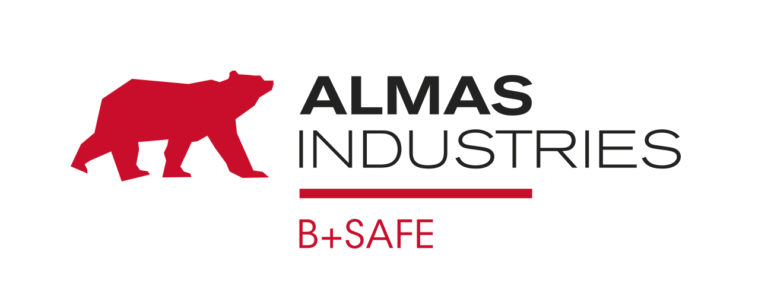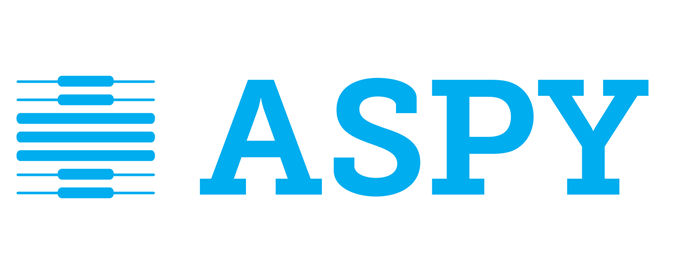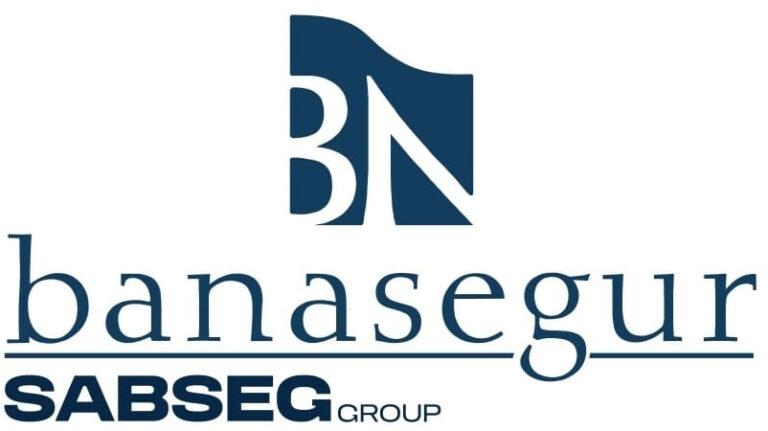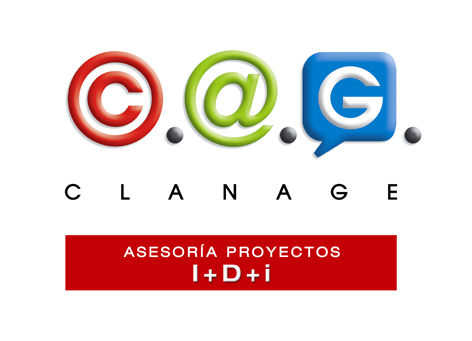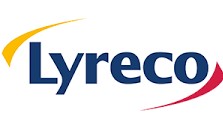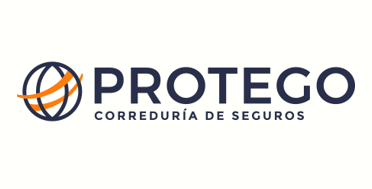More than 300 people gathered at the XIX edition of the National Sheep Market, organized for the first time by the Binéfar Market. The attendees have been able to enjoy, during the day held this week, several presentations where the past, present and future of the sheep sector and its upcoming challenges have been announced, to end with the session of the National Sheep Market and a tasting , for all of them, lamb from Aragon.
A new line of subsidies for the sector was announced, specifically 31.7 million euros for sheep and goats, and that the farmer will receive before next September 30 without the need to process an additional application.
[vcex_button url=”www.anafric.es” title=”PONENCIAS” style=”flat” align=”left” color=”orange” size=”small” target=”self” rel=”none”]PONENCIAS[/vcex_button]
1st. Challenges and opportunities in the export of sheep, by Pepe Hernández Pacheco, responsible for the export area of BOVISA. I review the current export data in Spain, highlighting the decrease in the last year due to the decline in purchases by Libya. In this situation, two confirmed exit routes have appeared: Saudi Arabia and Jordan, currently exporting references of our country that must compete with Romania when it comes to placing product.
2nd. Precision livestock: Opportunity for the sheep species, with Alfonso Abecia Martínez, Professor of Animal Production at the Faculty of Veterinary Medicine of the University of Zaragoza. His presentation focused on the concept of “Precision Livestock”: monitoring and tracking of animals through new technologies. According to Dr. Abecia, “the future of the livestock sector involves individualizing the treatment of each animal”.
3rd. Cell-based products and other threats to natural meat, starring José Antonio Beltrán Gracia, Professor of Food Technology at the Faculty of Veterinary Medicine of the University of Zaragoza, and his reasoned message about the doubts raised by the production of cell-based pseudomeat. From the extraction of the same, to the industrial production of the article that, finally, reaches the consumer. We know little about these developments -in cattle and poultry- that are evidently being carried out, thanks to capital investments, mainly from the United States. Dr. Beltrán Gracia concluded by assuring that, today, these products “are not a threat to the meat sector; much less for sheep, since no development is known in this species”.
4th. Integracor: a work tool for the new times, with the veterinarians of Nanta -Grupo Nutreco-, Laura Marco García and José María Bello Dronda.
5th. The challenge of food supply in these times, by Ana Charle Crespo, head of the Livestock Sectors area of the Ministry of Agriculture, Fisheries and Food; It was the only virtual presentation through videoconference.
Precisely, from the Ministry it was assured that despite the crises of recent years, the sector has not suffered any type of supply problem in Spain, but it has suffered from the increase in production costs due to the Russian invasion in Ukraine and the conflict that has followed.
In this sense, an important announcement was made: a new line of subsidies for the sector, specifically 31.7 million euros for sheep and goats, and that the farmer will receive before September 30 without the need to process an additional application. .
Foto: SomosLiteraRadio

